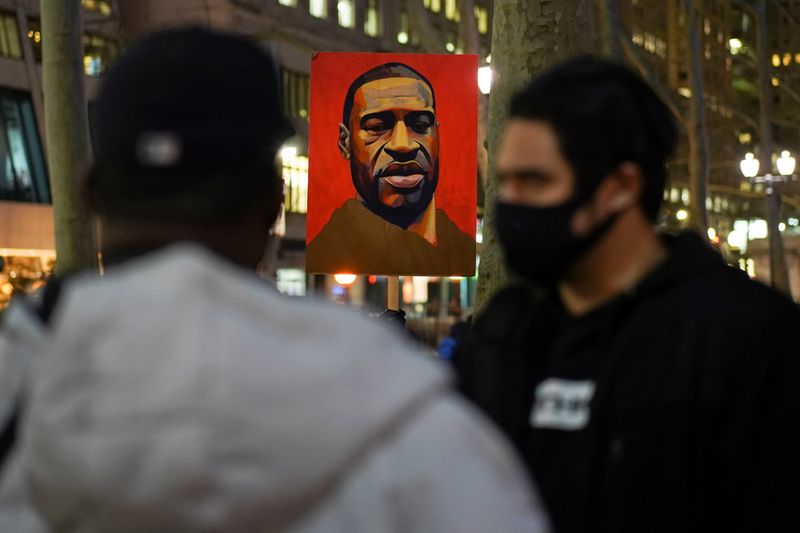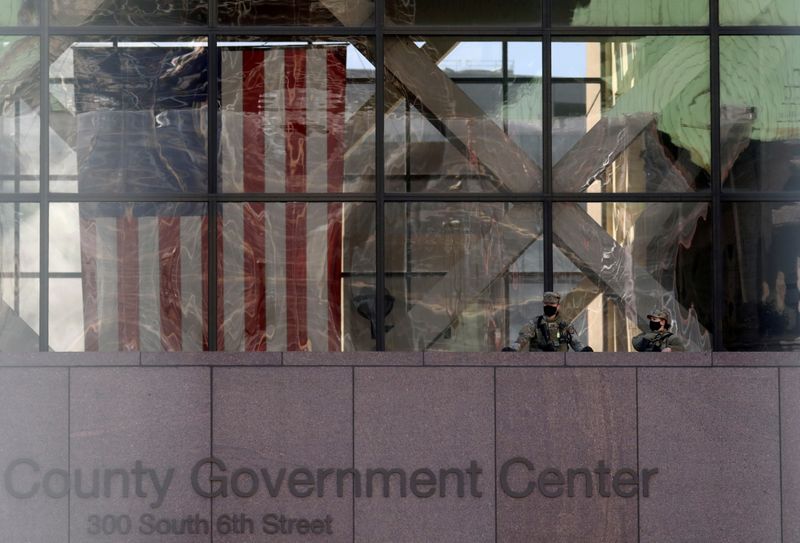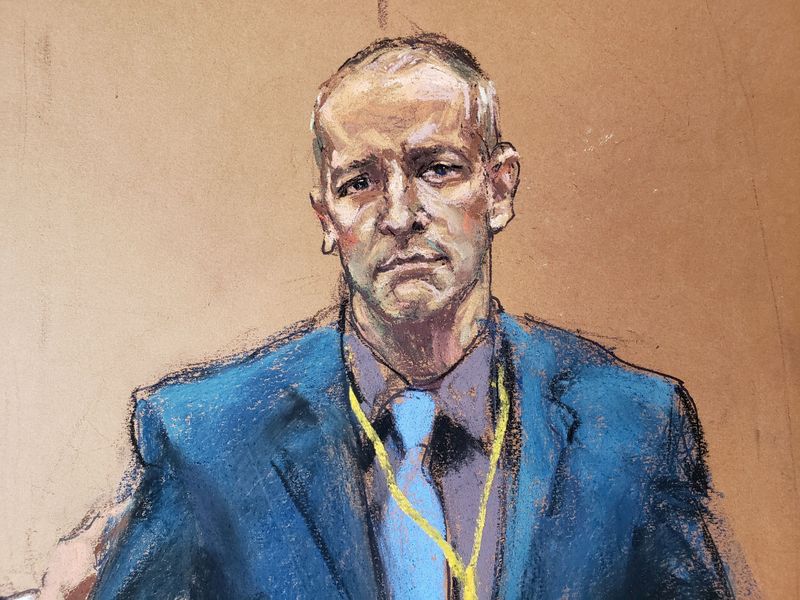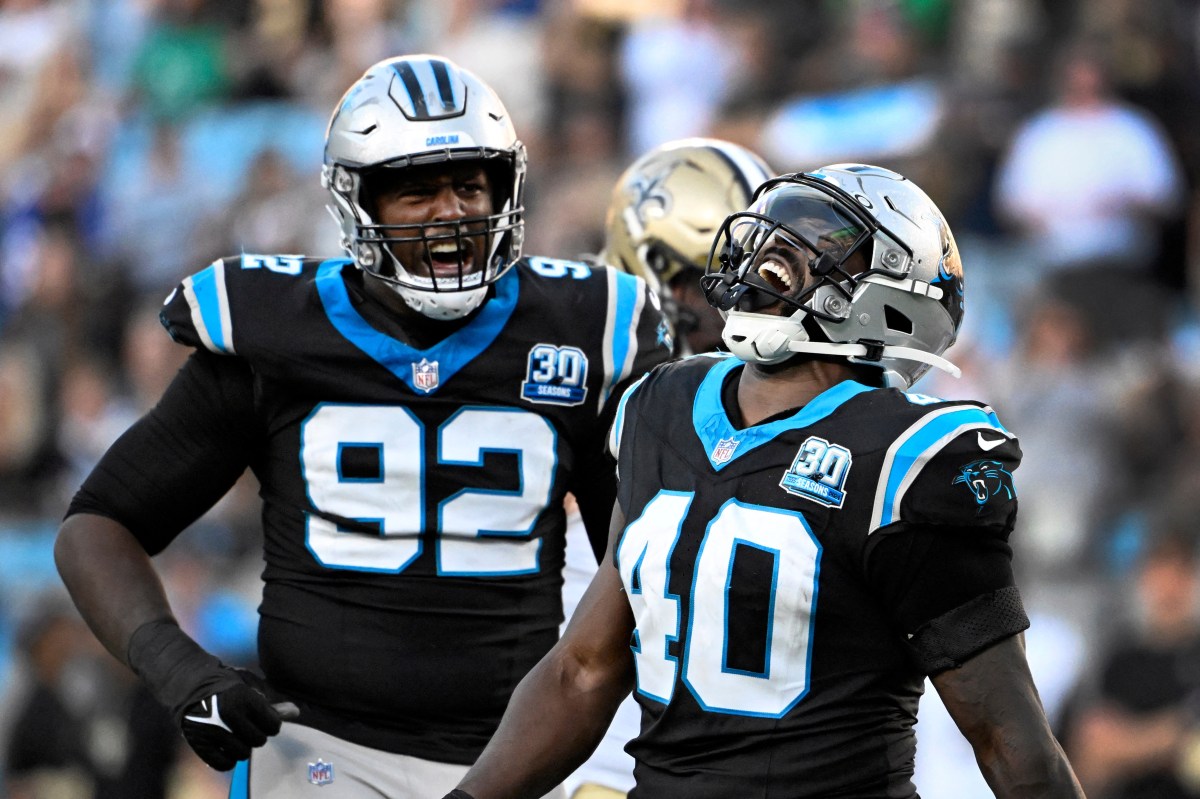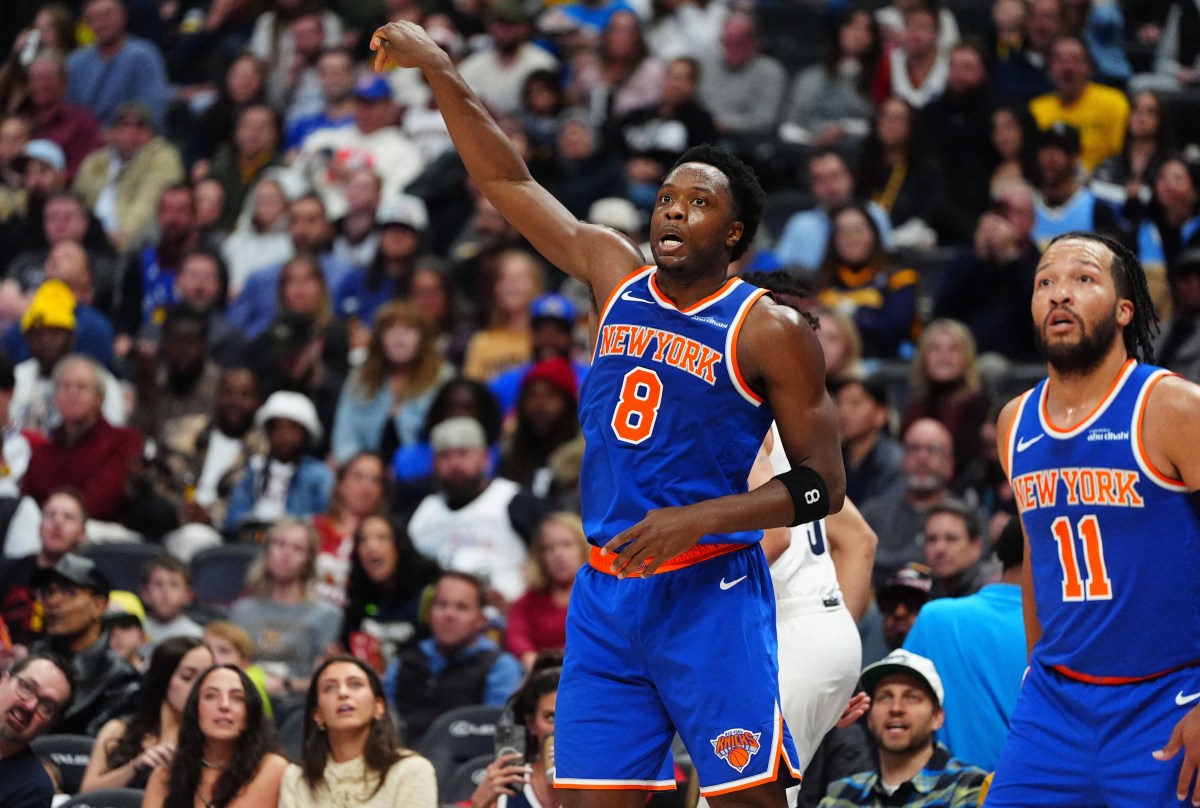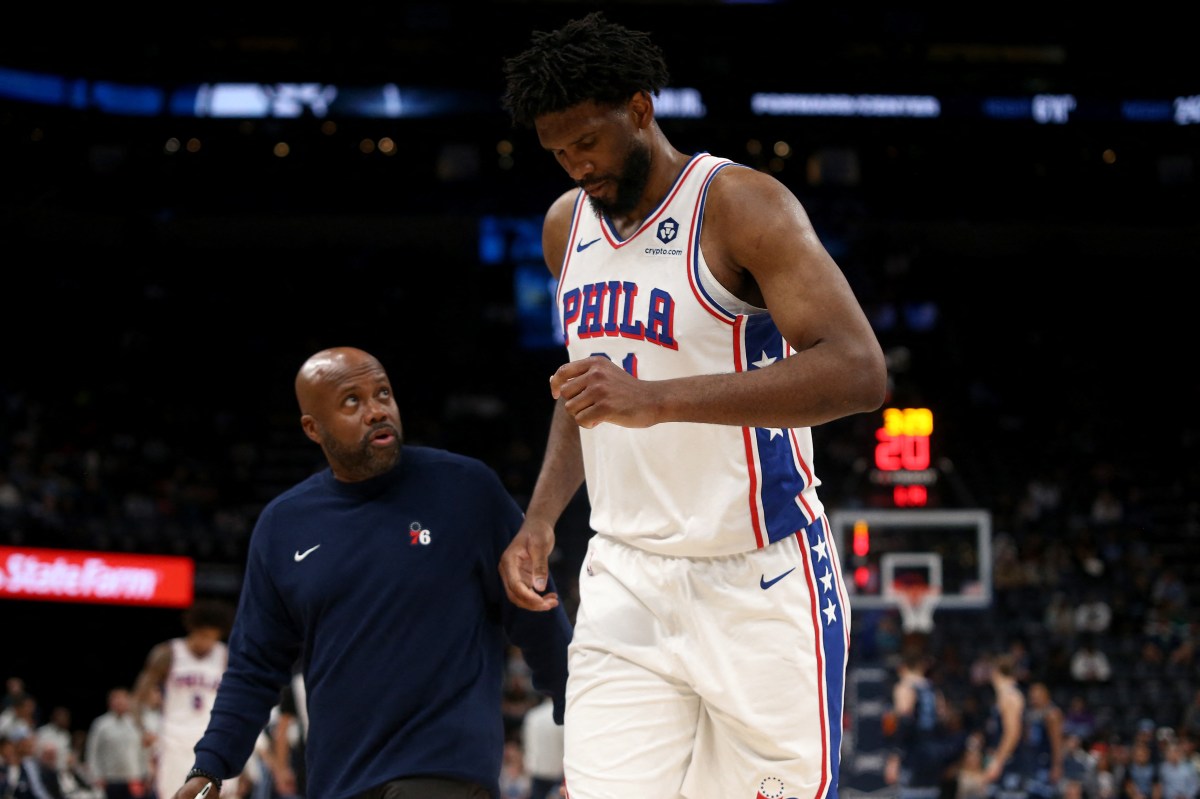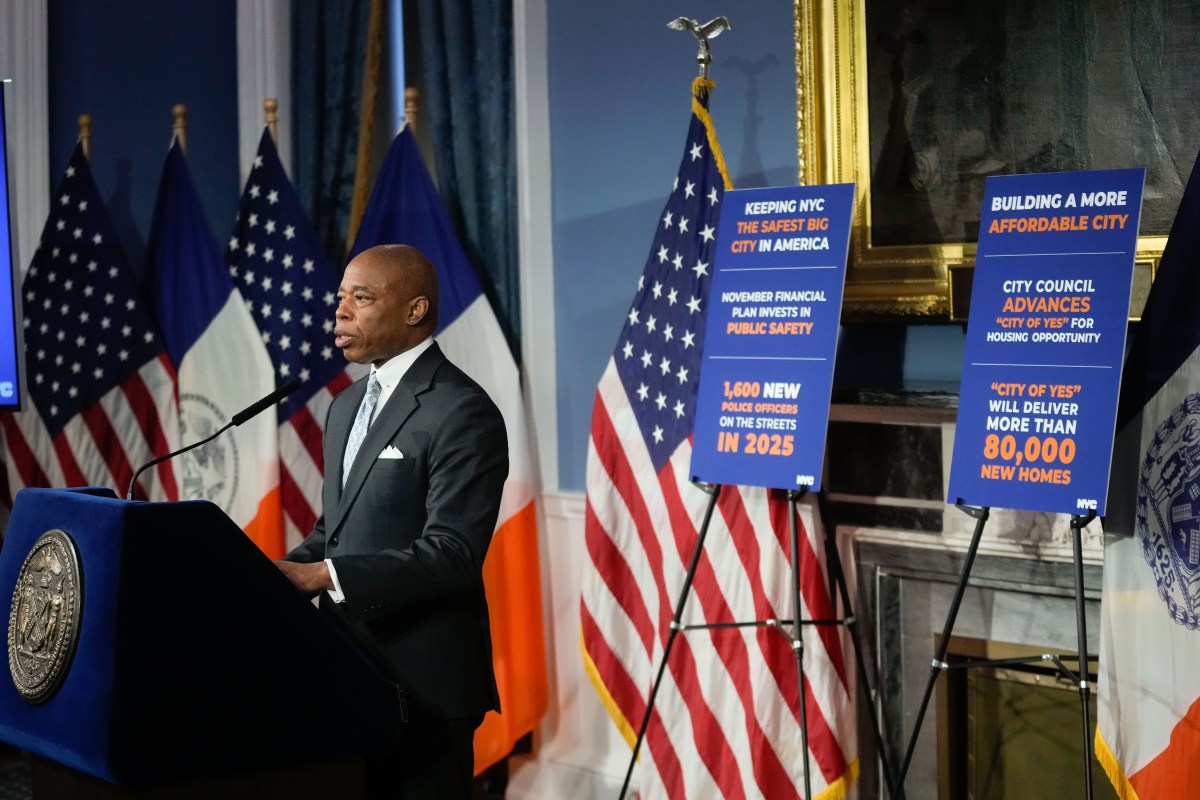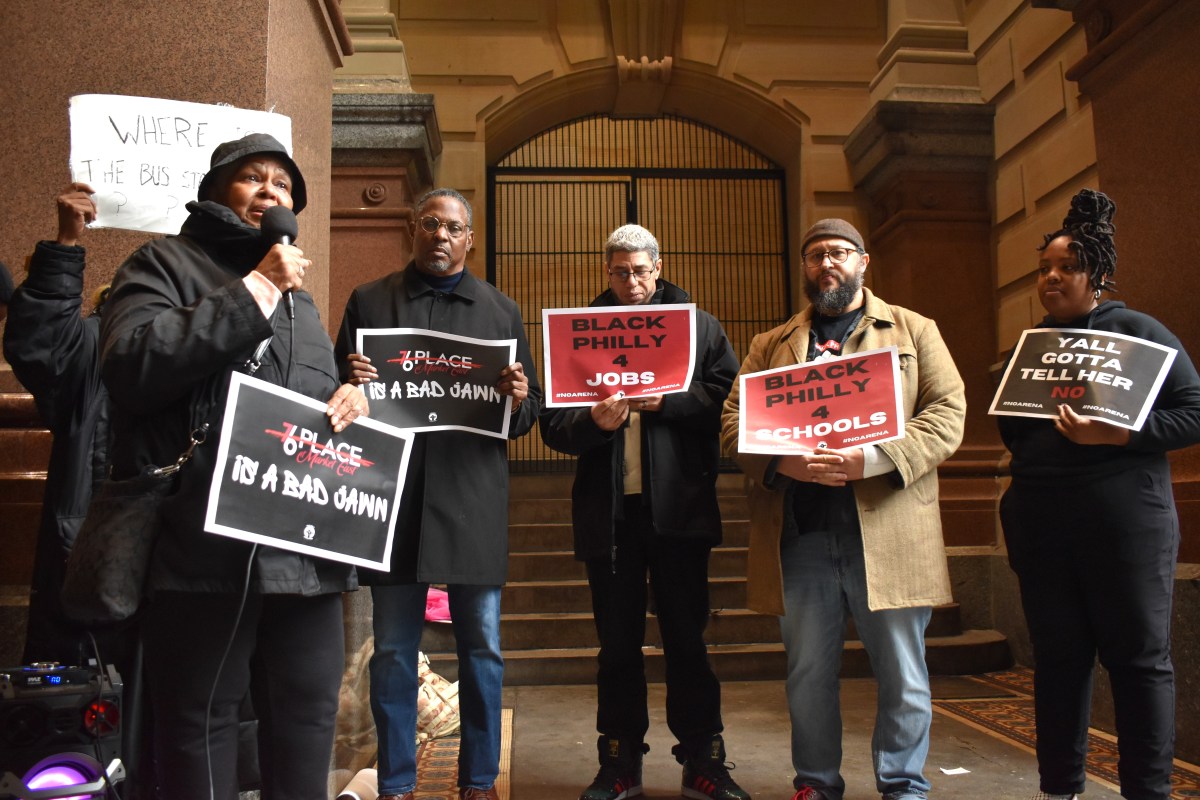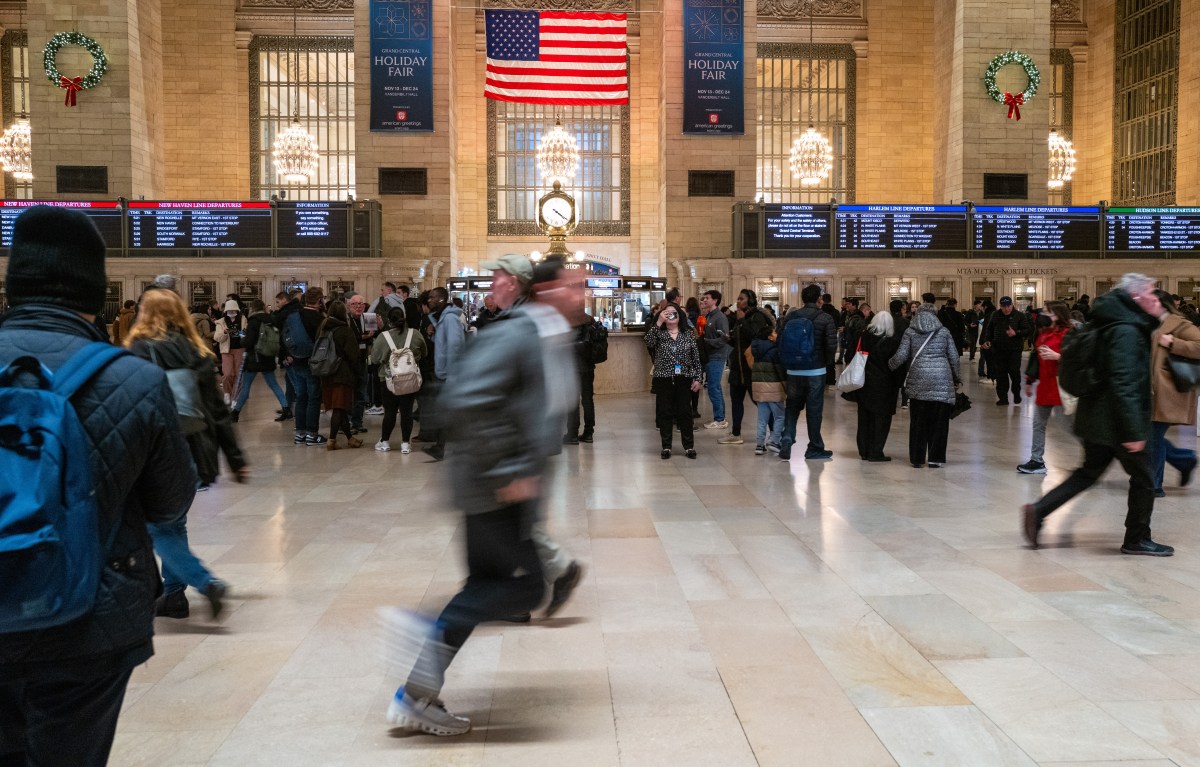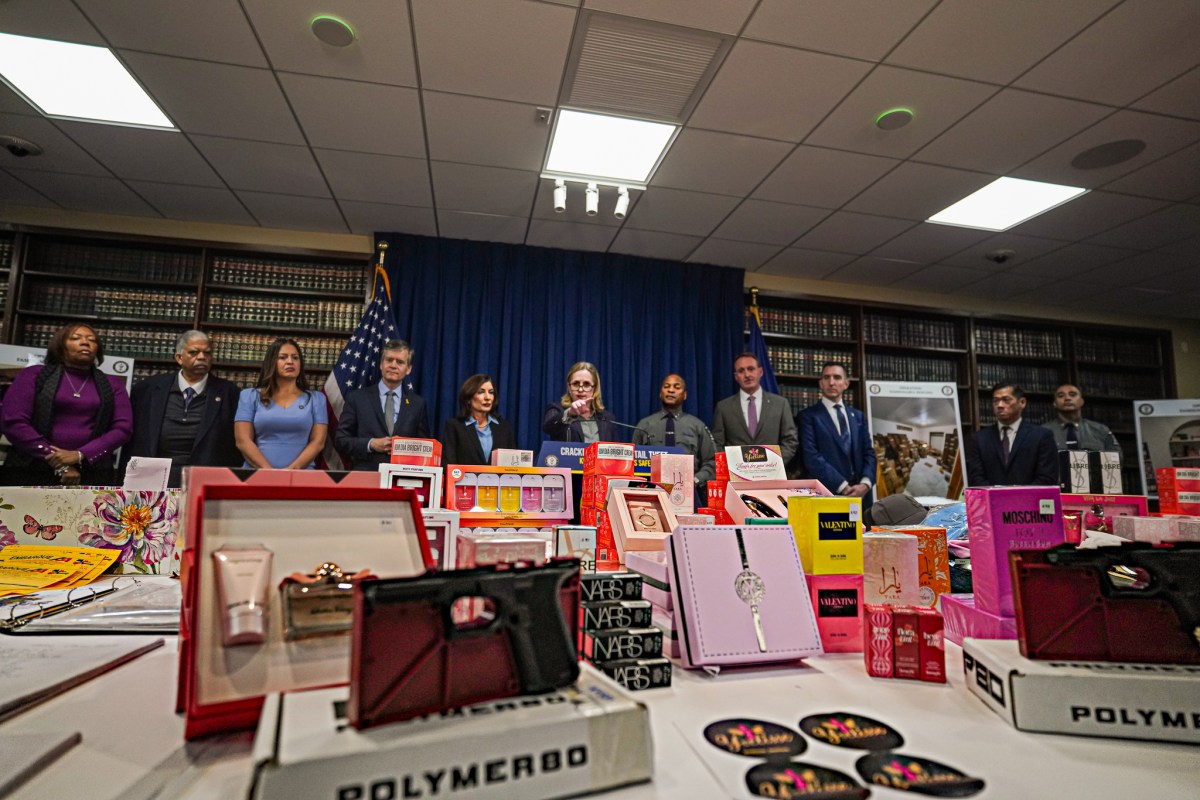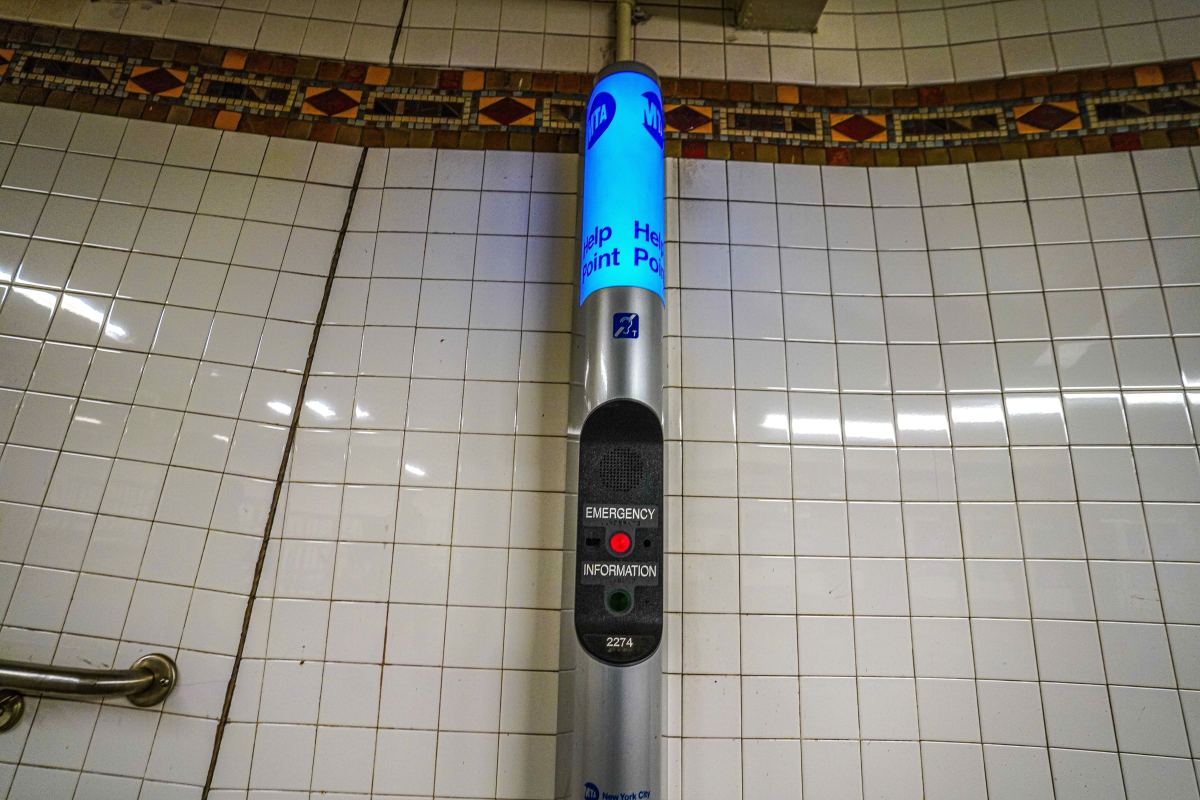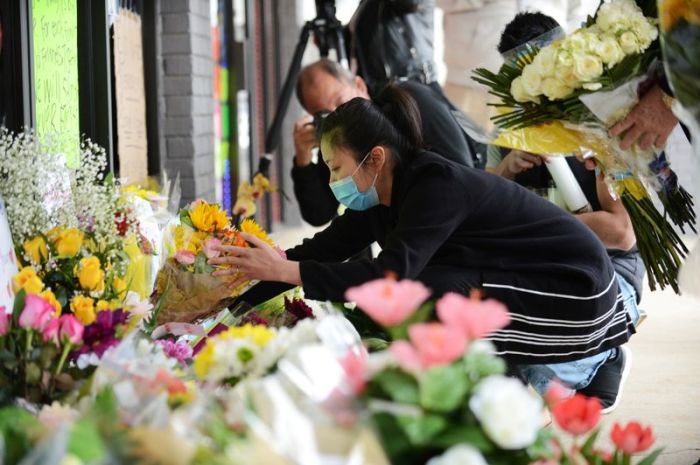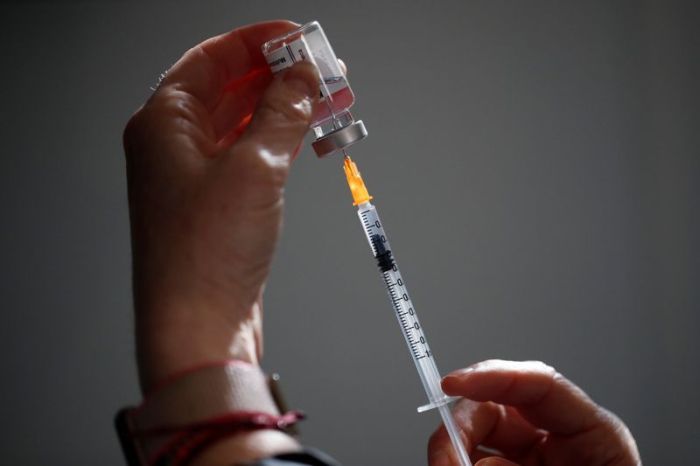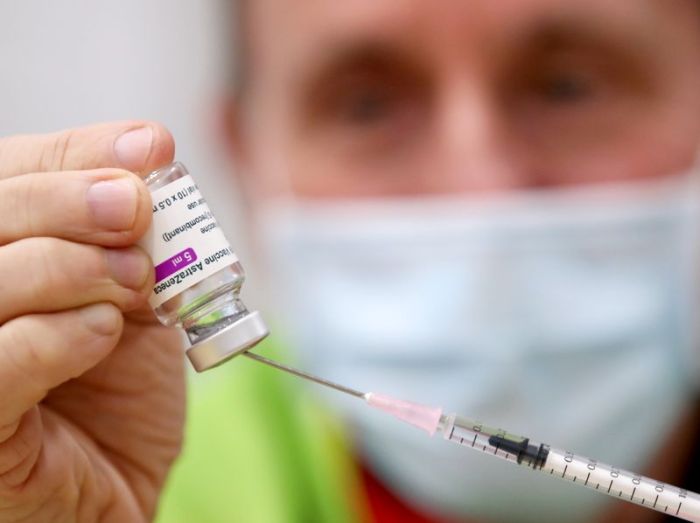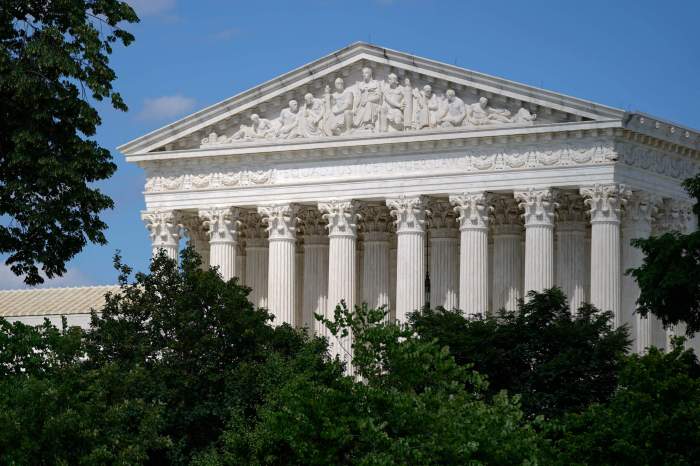(Reuters) – The judge in the trial of Derek Chauvin, the former Minneapolis police officer charged with George Floyd’s murder, denied Chauvin’s request to move his trial out of the county, saying on Friday that publicity about the case had spread far and wide.
Chauvin’s lead lawyer, Eric Nelson, has complained to the court that publicity around the trial tainted the jury pool in and around Minneapolis, citing in particular the city’s announcement last week that it would pay Floyd’s relatives $27 million to settle their wrongful-death lawsuit.
For emphasis, he filed with the court a 3,972-page document filled with thousands of different unflattering news articles about Chauvin.
Hennepin County District Judge Peter Cahill ruled against Chauvin, saying that moving the trial or delaying it until next year would make it no easier to seat an impartial jury in one of the most scrutinized cases in the history of U.S. policing.
“I don’t think there’s any place in the state of Minnesota that has not been subjected to extreme amounts of publicity in this case,” Cahill said.
The judge, however, partially granted a separate request by Chauvin to show the jury evidence of an earlier arrest of Floyd. That arrest, involving different officers, took place about a year before Floyd’s death on May 25, 2020.
Cahill and the lawyers in the case have questioned 61 potential jurors in court since last week to weigh their impartiality as Chauvin, dressed in a suit and tie, took extensive notes on a yellow legal pad.
All of them said they were aware of video showing Chauvin, who is white, with his knee on Floyd’s neck as Floyd, a 46-year-old Black man, begged for his life. Almost all said they had seen at least some of the footage, which sparked global protests against police brutality and racism.
Twelve jurors and one alternate have been seated so far: five white women, two white men, three Black men, one Black woman and two multiracial women, according to court records. The judge said he would resume jury selection on Monday with the hope of finding two more alternates before opening arguments planned for March 29.
‘VIRTUALLY THE SAME SITUATION’
Two autopsy reports concluded that Floyd’s death was a homicide, caused in part by the way the arresting officers held him on the ground. Both reports noted Floyd had underlying health conditions, including hypertension, and the drugs fentanyl and methamphetamine in his system.
Chauvin has pleaded not guilty to charges of second-degree murder, third-degree murder and manslaughter. One of Chauvin’s main defenses will be to dispute the cause of death, arguing that it was actually an overdose of fentanyl, an opioid, that killed Floyd.
Prosecutors from the Minnesota attorney general’s office have complained the defense is seeking to smear Floyd’s character, and that his high blood pressure and drug use were irrelevant to the question of whether Chauvin used excessive force.
Nelson said a recent search he conducted of the police car where Chauvin and other officers were trying to place Floyd discovered a pill containing fentanyl and methamphetamine on the back seat that bore traces of Floyd’s saliva.
He argued that the new evidence meant the judge should reconsider an earlier decision not to allow Nelson to show jurors evidence about a prior arrest on May 6, 2019.
In that arrest, involving different officers, a panicked Floyd swallowed opioid pills as police, including one with a drawn gun, approached the car he was in as part of a narcotics investigation. Floyd and the officers ended up speaking calmly and Floyd was later taken to a hospital for treatment.
Prosecutors fought the defense effort, writing in a court filing on Thursday: “Mr. Floyd’s 2019 arrest simply sheds no light on when or how he consumed drugs nearly a year later. The new discovery of a pill in the squad car does not change anything.”
On Friday, Cahill ruled that very limited evidence from the 2019 arrest could be shown, only as much as sheds light on the dispute over the cause of Floyd’s death a year later.
“The whole point there is we have medical evidence of what happens when Mr. Floyd is faced with virtually the same situation: confrontation by police at gunpoint, followed by a rapid ingestion of some drugs,” Cahill said in his ruling.
He said the jury could see a portion of the 2019 video from police body-worn cameras showing up to the point where they remove Floyd from the car and handcuff him. The jury could also see images of the pills found in the car seat in the 2019 arrest.
Cahill also said the defense could call the paramedic who treated Floyd to testify on his “bodily reaction” to swallowing drugs.
(Reporting by Jonathan Allen; Editing by Chizu Nomiyama, Dan Grebler and Cynthia Osterman)

